I’ll give you a winter prediction: It’s gonna be cold, it’s gonna be gray, and it’s gonna last you for the rest of your life.
— Phil Connors, Groundhog Day, 1993
As we plod through day-to-day existence with paws on the ground (or, here in New Jersey, the snowpack) and orange-and-black striped noses to the grindstone, now and again a periodic pause (the other kind) to enable a reality check is probably a good idea. Falling into rote behavior may improve our efficiency but may not do much for our understanding of our long-term goals, or whether we still have reason to pursue them. Few of us wish to be counted in Santayana’s kingdom of fanatics, who redouble their efforts when their aim is forgotten.
In this vein, it’s always been of concern to me how Princeton regards itself. Not how I see it, or how the alumni body at large does, or almost anybody else hanging around campus – but corporately, in a more strategic sense. We can safely assume that the original purpose, to encompass and build the strength of the Presbyterian New Lights in the 18th century, has been modified, but whence?
For a number of years after the advent of our virtual front window, Princeton.edu, there was no explicit answer to this; going to “About Princeton” gave a little historical blather and/or Gothic platitude (akin to Emil Faber’s “Knowledge is Good” in Animal House ), and that was about it. Then, a few years back during the Tilghman administration, with no fanfare, a self-description appeared that has been tweaked but remains remains unchanged today. The crux of my concern is addressed thusly:
“As a world-renowned research university, Princeton seeks to achieve the highest levels of distinction in the discovery and transmission of knowledge and understanding. At the same time, Princeton is distinctive among research universities in its commitment to undergraduate teaching.”
This may sound banal, or even Faberian, but it explicitly says two things that have meaning to a connoisseur of higher education (so I’m told). One, we think we’re big boys (“research university”) and two, we can at least spell “undergraduate.” There’s only one faculty, they’re supposed to teach everyone, every student does a JP and a thesis, and if you have an A.B. or B.S.E. from Princeton, it’s supposed to mean something. Whitman College cost a gazillion bucks per square foot. Thus, we need to know what 18- to 22-year-olds are all about. Historically, this has proven a challenge. Frequently.
The last time we had this much snow in New Jersey was in 1995-96. I recall it from muscle memory; I have pains in places I had forgotten existed, but now have rediscovered. But times are different: On Nov. 29, 1995, the winter was welcomed by 300 members of the Class of 1998 in Holder Courtyard in a semi-spontaneous exercise in being 19-year-olds. It was the next-to-last “successful” Nude Olympics – which had already had a close brush with extinction – and in its place now is only ton upon ton of snow, ice, and glop. The Nude Olympics were finally consigned to us in the History Corner 15 years ago by a tasteful group of serious adults, but its cheeky (OK, sorry about that) challenge remains: Who are we, anyway?
Like all good traditions, nobody is precisely clear about the origins of the Olympics, which uniquely among great Princeton student events inculcated repeated serendipity: It couldn’t happen until the first measurable snowfall. That night (at midnight in its full-blown later version), those in the sophomore class who wished would strip to their running shoes and scarves and compete in athletic tests in Holder Courtyard, the only fully enclosed Gothic courtyard at Princeton. Crucially, prior to the creation of the undergraduate colleges Holder was a sophomore ghetto, its triples and quads stuffed with sophomoric (by definition) residents close by Commons and Nassau Street. Over the years, everything from mini-bonfires to impromptu water fights took place in the courtyard as the denizens killed time before meals, exams, bed, or parties. One of these became a PR coup dubbed the “Snow Riot” on Dec. 14, 1970. As the first snow fell, at midnight or so John Pettit ’74 went skiing around Holder Courtyard, and John Leidy ’72 took advantage by calling the proctors about the “big disturbance,” then calling the Prince to ask if they’d heard about the “riot.” The reporter called the proctors, who of course confirmed they had somebody investigating, and an imaginary instant crisis was born. When the proctors and reporter showed up, sophomores piled out of Holder in their bathrobes and whatever to see what was up, and by 1 a.m. a parade of 250 motley students was marching around campus cheering “Snow Day” while singing Christmas carols and “Old Nassau.” Soon an oblique reference to the “nude Olympics” in Holder was in the Prince in November 1972 and then the 1973 Bric-a-Brac, and the event was legitimized. By Jan. 20, 1975 (bolstered by the streaking craze of the early ’70s), rules were in place, with the first snowfall firmly set as the time and such events as two-lap runs, the 60-yard dash, wheelbarrow race, three-legged relay, and jumping jacks on the skinny program.
As it became more formalized during the ’70s (torch-bearers, coordination among class officers etc.), the new tradition became such a hit among the Holder sophomores that some very fragile weaknesses were overlooked. Its symbolism for the sophomore class was undercut by the implementation of the college system in 1982; with half the Holder residents now freshmen, sophs had to troop in from elsewhere on campus, and the logistics became more complicated and began to have effects elsewhere – the final run now usually ended up at Firestone, with good-natured kisses for the stacks and even the odd librarian. Then the New Jersey drinking age was raised from 19 to 21 in 1983; drinking by the participants and cheerleaders was driven underground, and the effects of the now-forbidden alcohol spiraled upward. As women students became more populous and high-profile through the ’80s, female jocks became serious participants; the torch-bearer became a freshman woman athlete, who then was responsible the following year for declaring the official first snow. By 1990, sophomore women were 30 percent of the Nude Olympics participants, and the now-“sexier” event was appearing with regularity in the press (initially in The New York Times in 1986); only its uncertain timing kept coverage and gawkers partly in check.
That all changed in a two-year stretch. By January 1991, some of the drunken sophs were heading across Nassau Street to buzz the Nassau Inn, and another fragile constraint was gone. The town police warned the students they’d be arrested the next time. On Feb. 13, 1992, an unusually large group of Olympians (there were more than 400 in Holder Courtyard, a completely uncontrollable mass) ran into and inadvertently broke a $1,500 window in Winberie’s Restaurant. Meanwhile, three students ended up hospitalized, two for alcohol poisoning. The restaurant got reimbursed, but the police used video to prosecute the Olympians; plea bargains resulted in fines. And there were more than 1,000 observers and reporters, assuring that coverage would be lurid – and it was.
Why the event wasn’t stopped then – it now provided nothing like the skinny-dippy fun of earlier years for the participants – is in retrospect puzzling. The bell clapper had just been removed in 1992, ending clapper-stealing after a freshman fell off the Nassau Hall roof; and a court case involving electrocution of a drunken student on top of the Dinky in 1990 was creeping along menacingly. But the sophs were desperate to continue their class-solidarity Olympics, and somehow it lurched along until 1997, teetering on the edge of the abyss.
There was no snow the winter of 1997-98, and so the Olympics never took place. This gap in group memory left a disaster waiting to happen, and on Jan. 8, 1999, it did: With both sophs and juniors stripping down and getting blasted, and with only half of them having vague recall of what to do, in little over an hour 10 students ended up in the infirmary or ER, Holder was seriously trashed, and a significant amount of sexual harassment (which had been bubbling just below the surface for a long time) was obvious to everyone. After requisite bureaucratic opprobrium, the entire event was outlawed (i.e. one-year suspension minimums) by the trustees on April 11, 1999. The Nude Olympics died with the century.
Nowadays, Cane Spree (carefully supervised) remains to kick-start the freshmen and reboot the sophs on their way to class loyalty; the recent creation of the annual Pre-rade as an immediate bonding opportunity also has shown merit. But of course, neither has the elements of risqué elan that typified the early, more innocent, less polluted Nude Olympics and its Gothic spontaneity, or of clandestine clapper-nabbing.
On an intellectual level, I understand the University’s self-image of world-renowned research, but the spiritual ethos of Princeton somehow seems simpler:
“Princeton University seeks to develop, provide and exemplify the finest undergraduate education in the world.”
To me, all the other facets of the place (including wonderful grad students and spectacular faculty) flow logically from that, and without it simply amount to a think tank like many others. In that vein, sophomoric activities – being a necessary element to 19-year-olds – need to be taken very seriously, despite the more-than-deserved demise of the Nude Olympics, which couldn’t conquer the challenges of salacious TV news, MADD and its resultant furtive binge-drinking, sheer numbers, and good old mediocre planning.
If we were the Institute for Advanced Study or Rockefeller University, fixated on the postdocs of the world, that would be the end of it. Since, instead, we are out aggressively recruiting brilliant high schoolers – with hormones and nice tushes – to matriculate and become our reason for existence, we need to be mindful of allowing them – no, encouraging them – to be human.

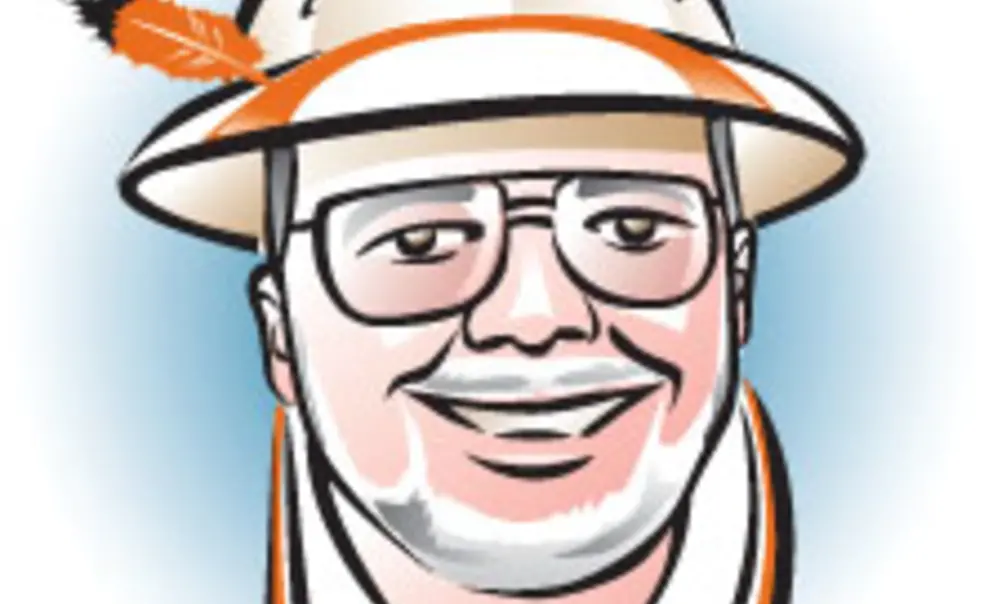
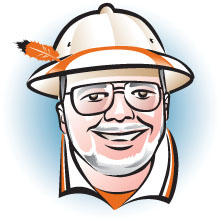
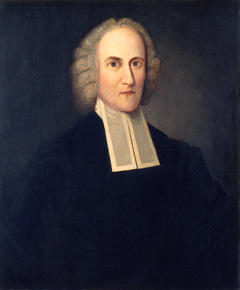
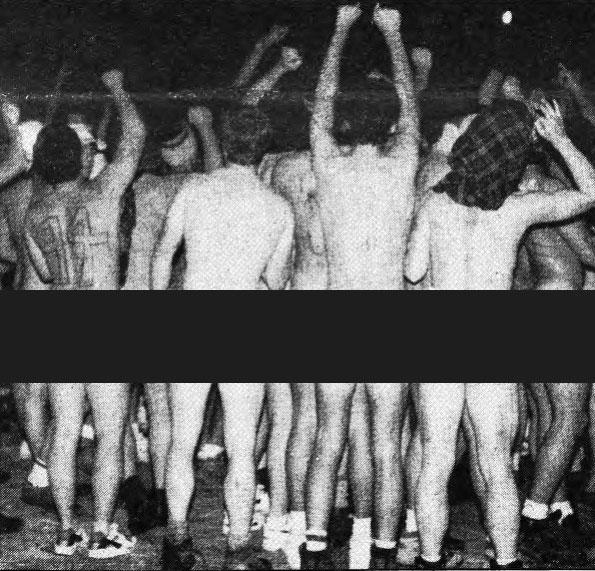






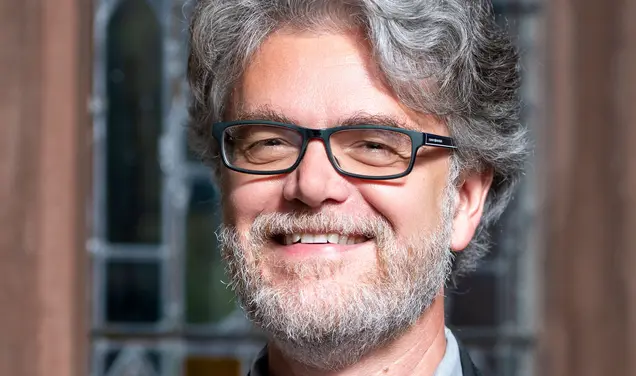
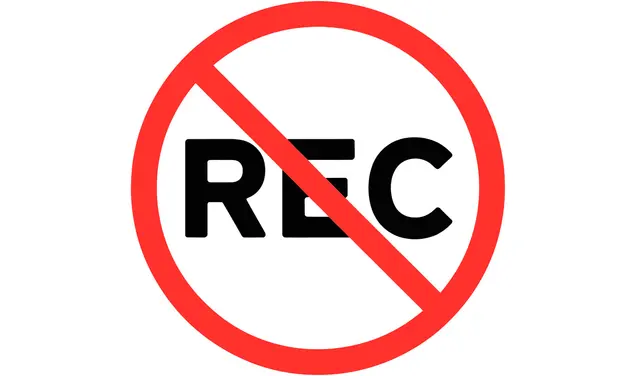

No responses yet